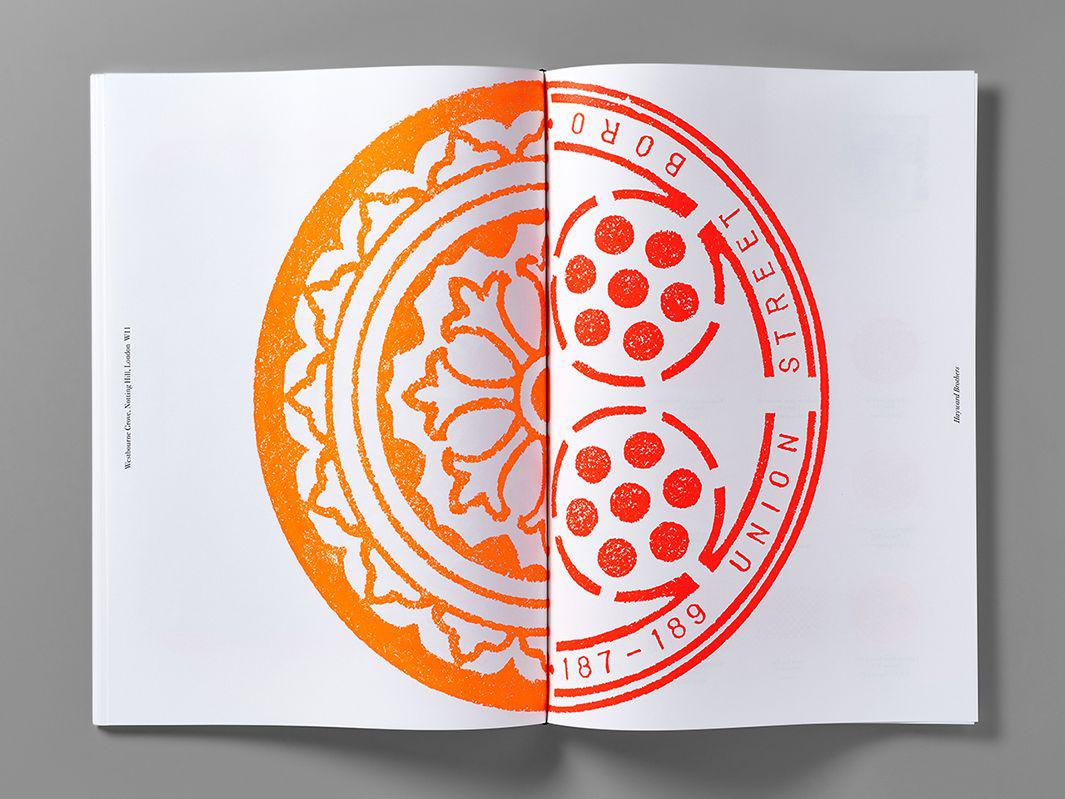Highlighting the beauty of London’s historic manhole covers is the subject of Overlooked, the 45th installment of a self-published series from Pentagram. The project was spearheaded by graphic designer and filmmaker Marina Willer, who wanted to find a fresh way to present these underfoot tokens of urban infrastructure that have long fascinated designers and manhole cover–obsessives the world over.
Overlooked describes manhole covers as “gatekeepers to [an] underground world” of “secret subterranean compartments” that contain London’s electricity, gas, water, and transportation infrastructure, and they stored coal circa the Industrial Revolution.
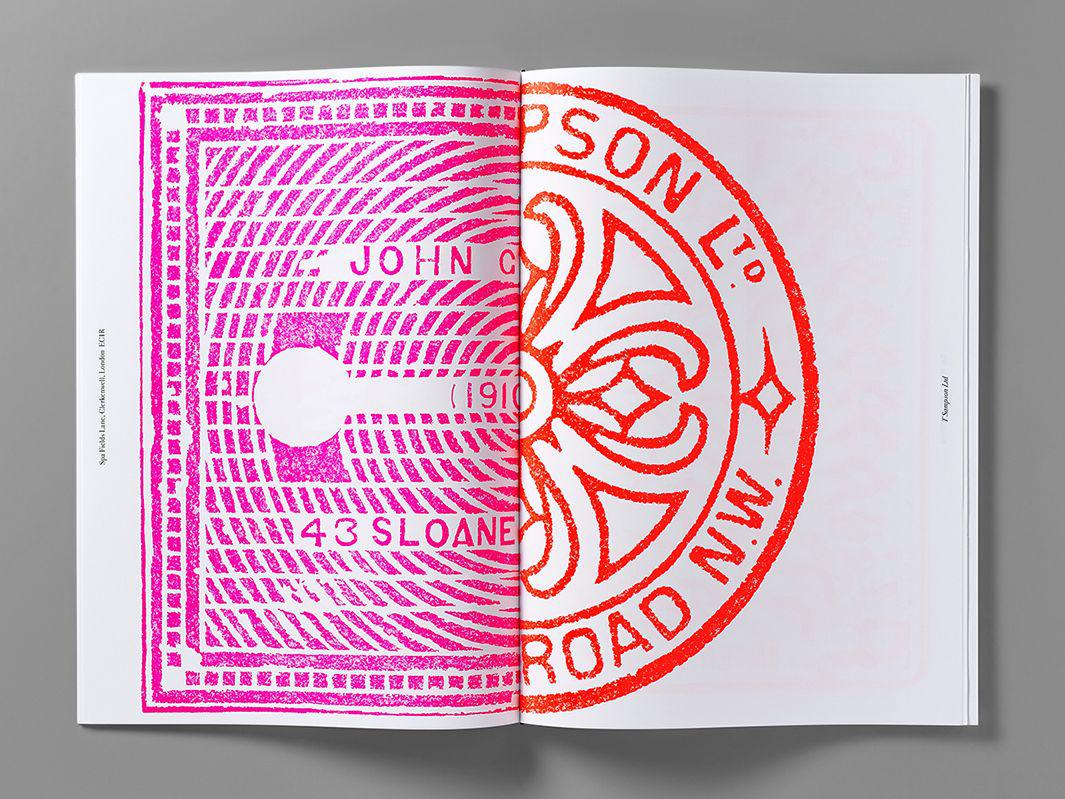
Pentagram
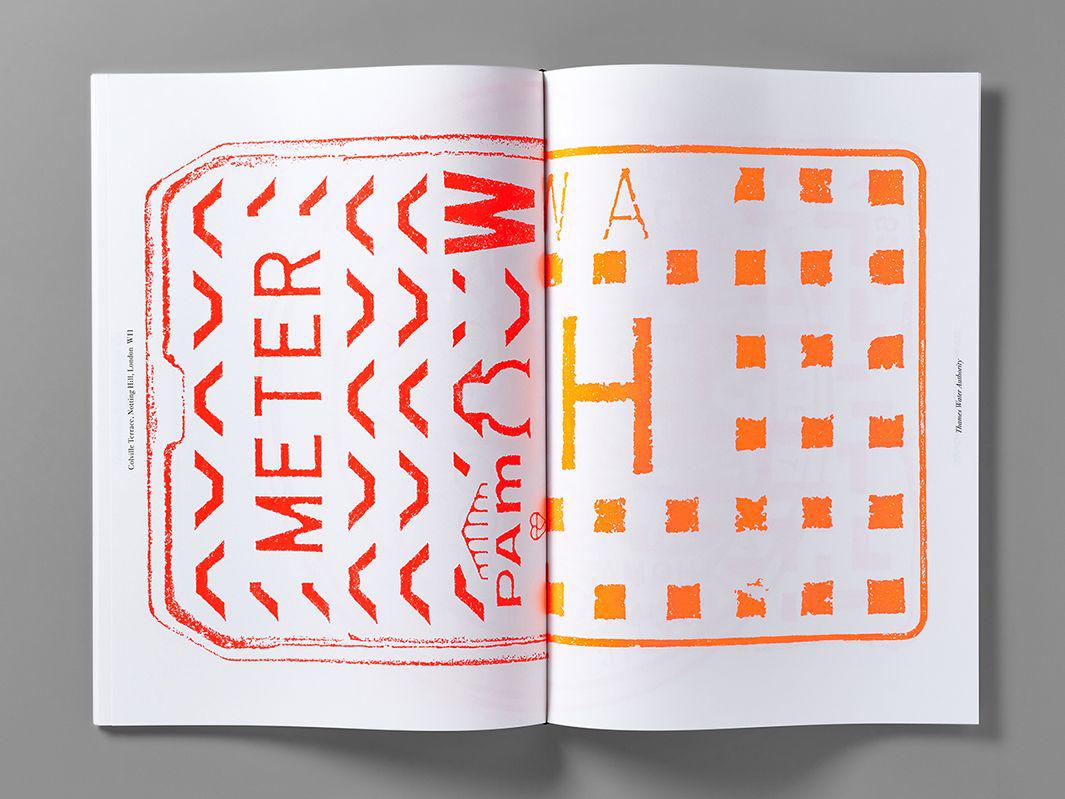
Pentagram
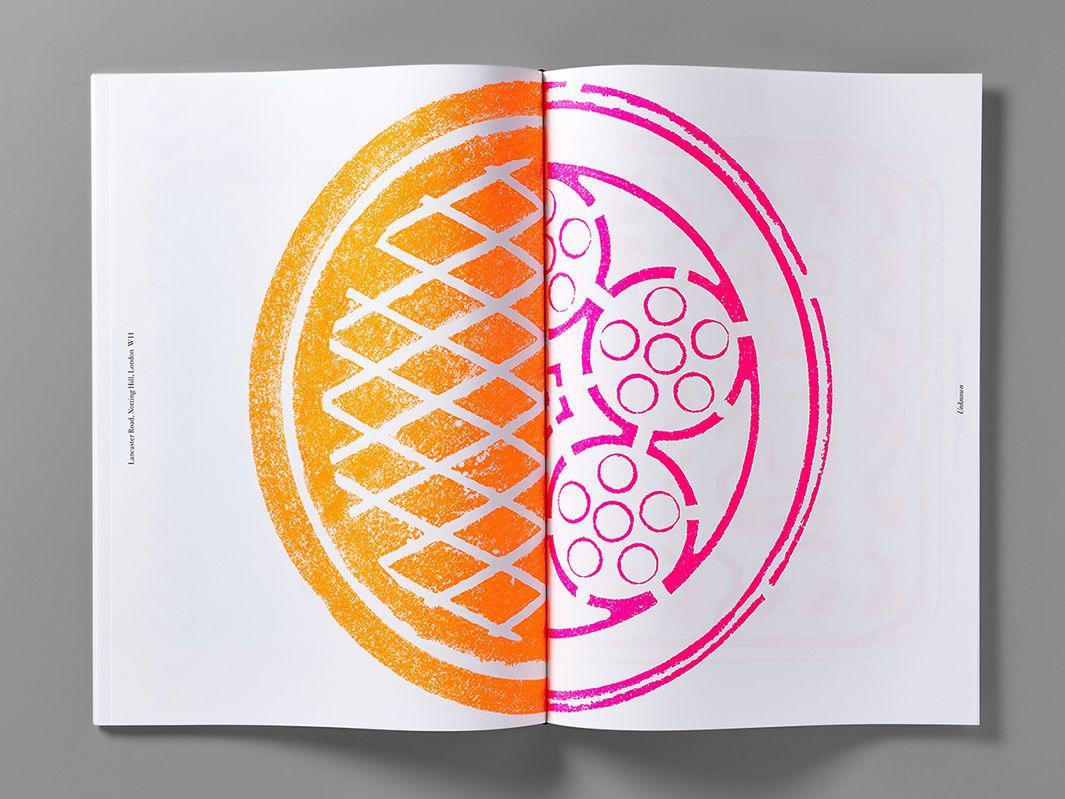
Pentagram
The designers mimicked the 19th-century pastime of taking rubbings of religious icons by “placing paper over the brass and rubbing with a drawing medium, usually a black wax heelball, to create a detailed negative image of the original object,” they write.

Pentagram
But they have given the Victorian-era relics unexpected sex appeal by treating them with a decidedly modern palette.
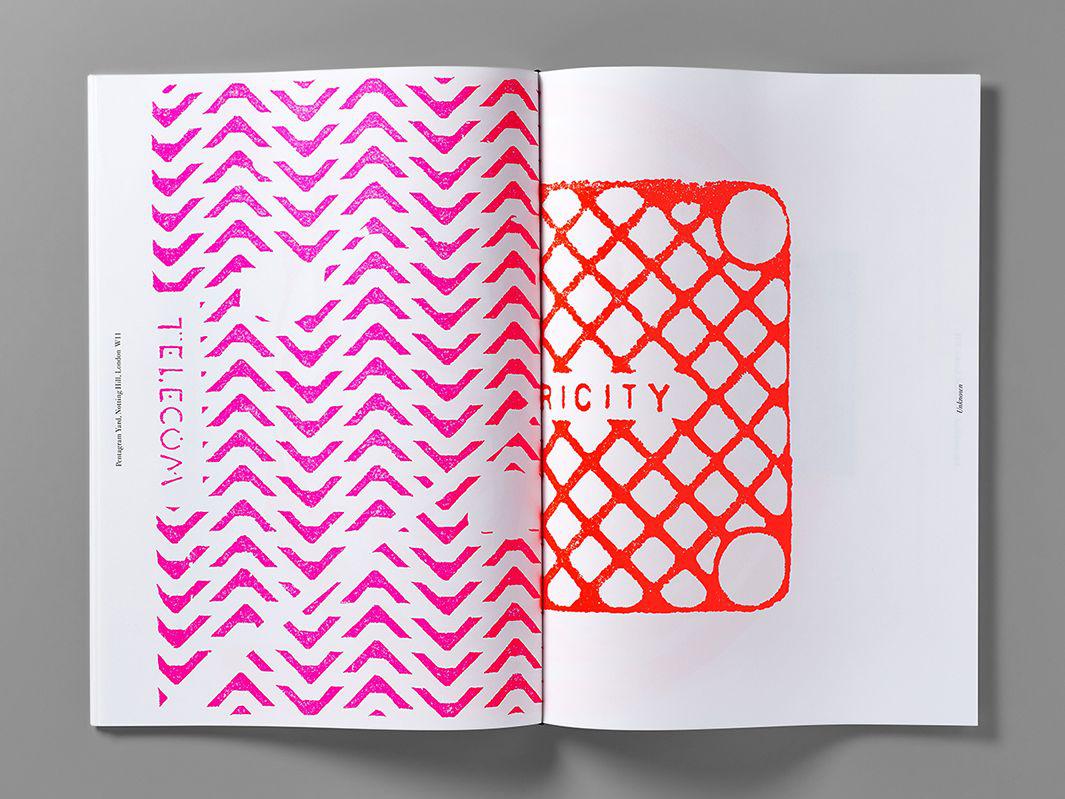
Pentagram
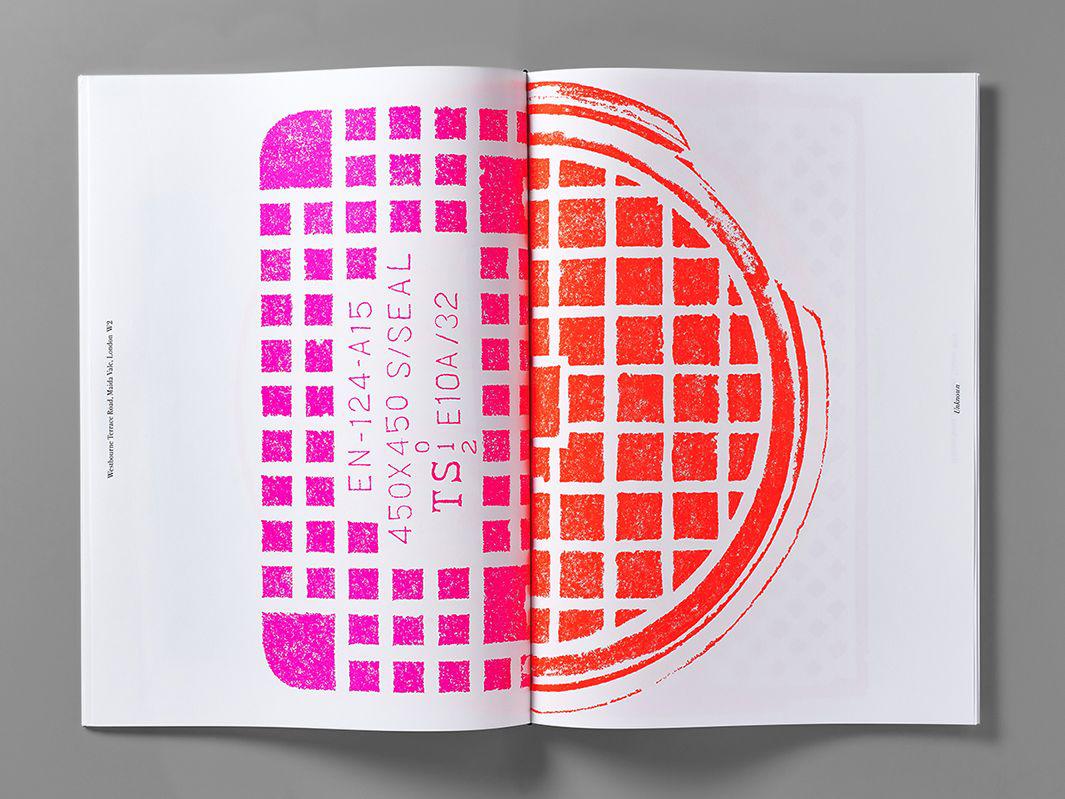
Pentagram

Pentagram
Willmer said in a statement that they wanted “to turn this tradition on its head, applying the same level of care and faith to celebrate functional industrial design.” Adding “fluorescent, feminine colours” helped “to reveal the decorative patterns within the highly brutal and utilitarian language of street covers,” she said.
The series includes Victorian-era cast-iron coal hole covers, which were located in front of terraced houses to allow coal merchants to empty deliveries into the basements without sullying the doorsteps. “Driven by both practicality and aesthetics,” each cover had a raised geometric design “that revealed the fine craftsmanship of Victorian artisans and ensured that pedestrians wouldn’t slip in wet and icy weather,” the designers write.

Pentagram
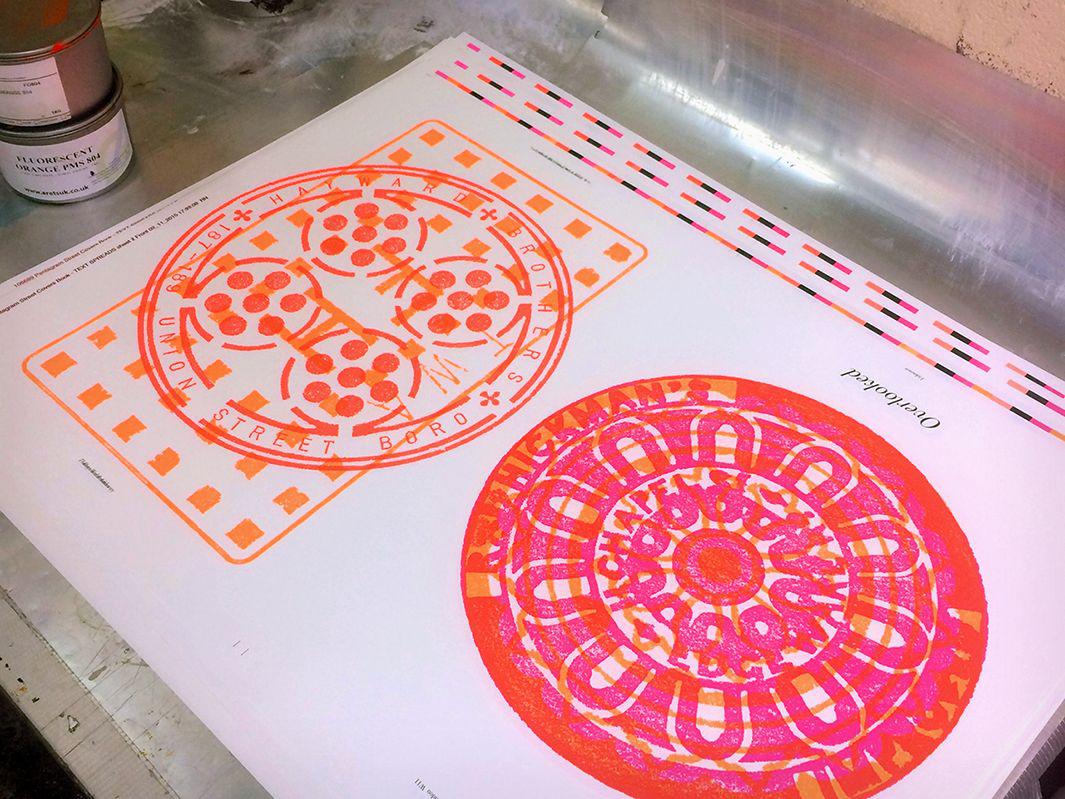
Pentagram
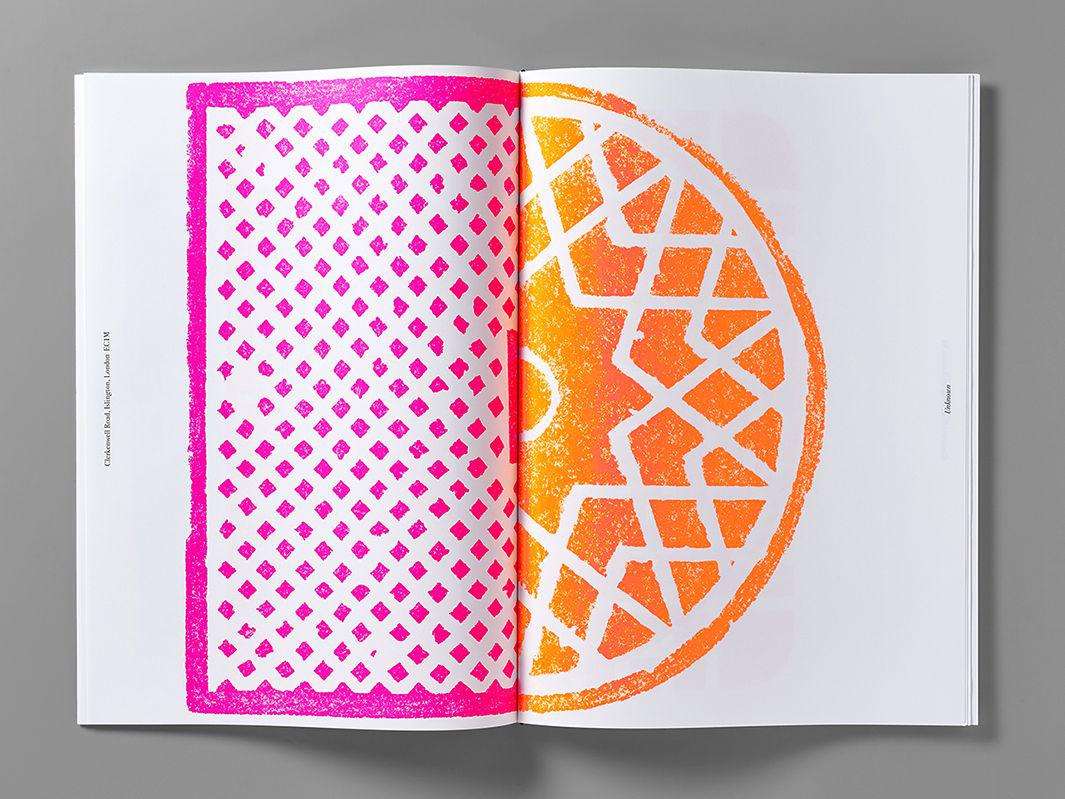
Pentagram
While the manhole cover designers of old remain anonymous, the objects were generally cast locally and stamped with the names and locations of foundries such as the Hayward Brothers of Borough.
The subject matter of the manhole covers has shifted in relevance over time. Gas has remained integral to urban life since London’s first gas pipes were laid in 1805. The London Hydraulic Power Co. closed in 1977, and its former underground real estate is now occupied by fiber optic cables, but hydraulic manhole covers stamped with the initials “LH” remain. Coal hole covers became obsolete after the Clean Air Act of 1956, but London and other industrial centers in Britain are still littered with thousands of these visual reminders of the Industrial Revolution.
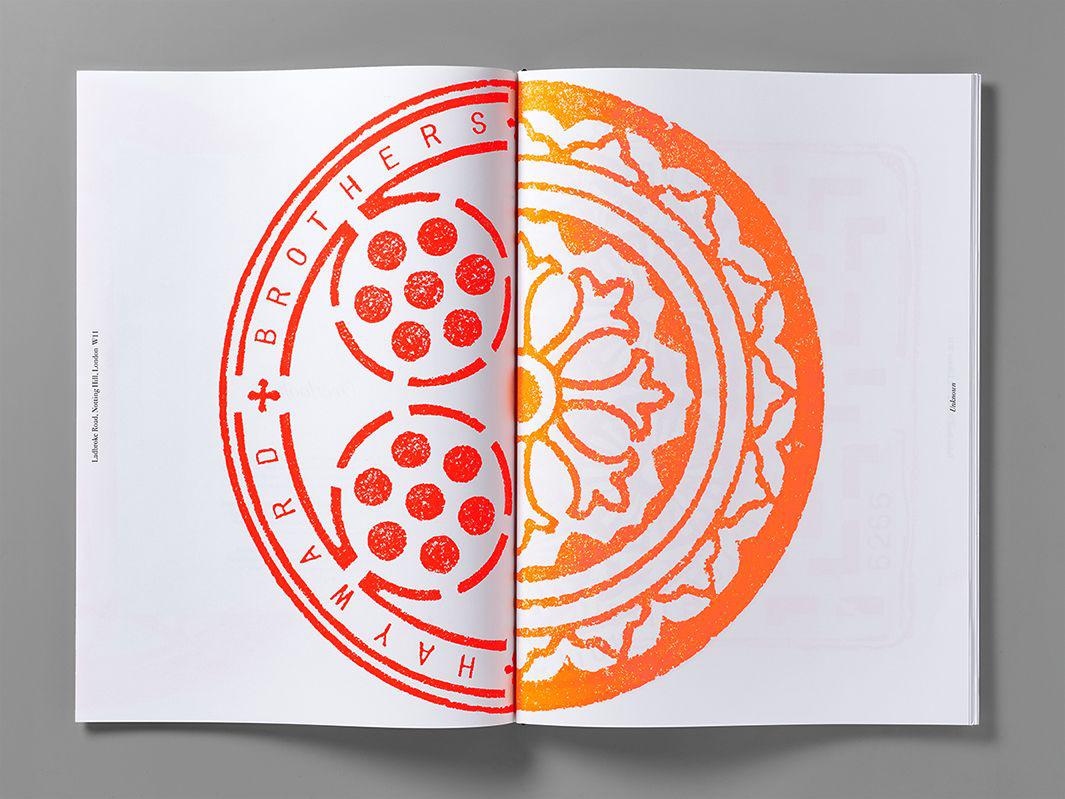
Pentagram
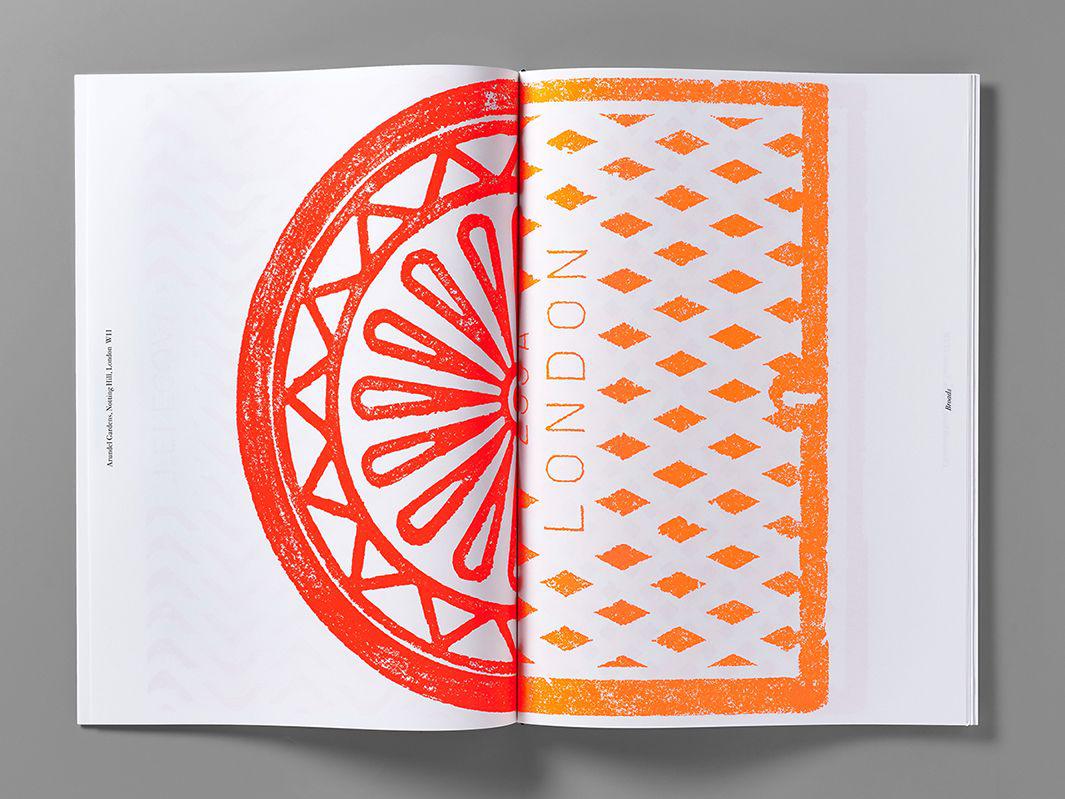
Pentagram
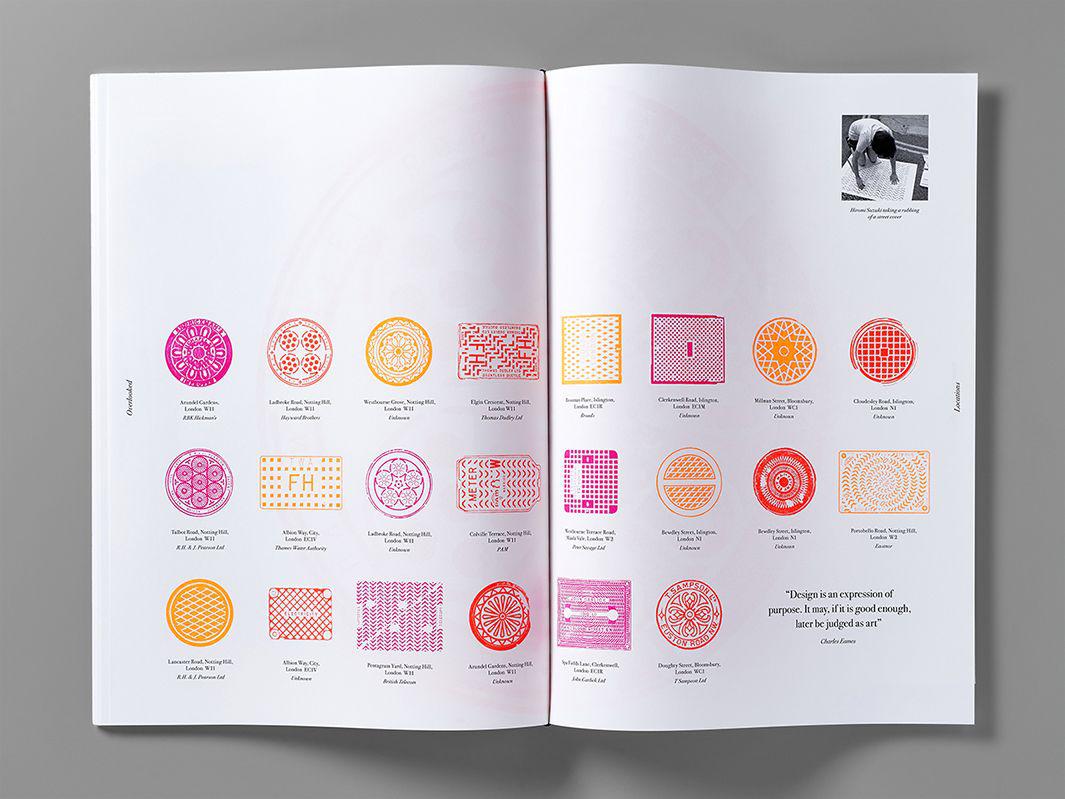
Pentagram
Calling the metal street covers “impeccable pieces of industrial design” and “examples of the beauty threaded in the functional fabric of a city,” the designers write that they hope the series “can serve as a reminder that a city’s beauty isn’t limited to art galleries or grand architecture, and that intricate design is everywhere.”
